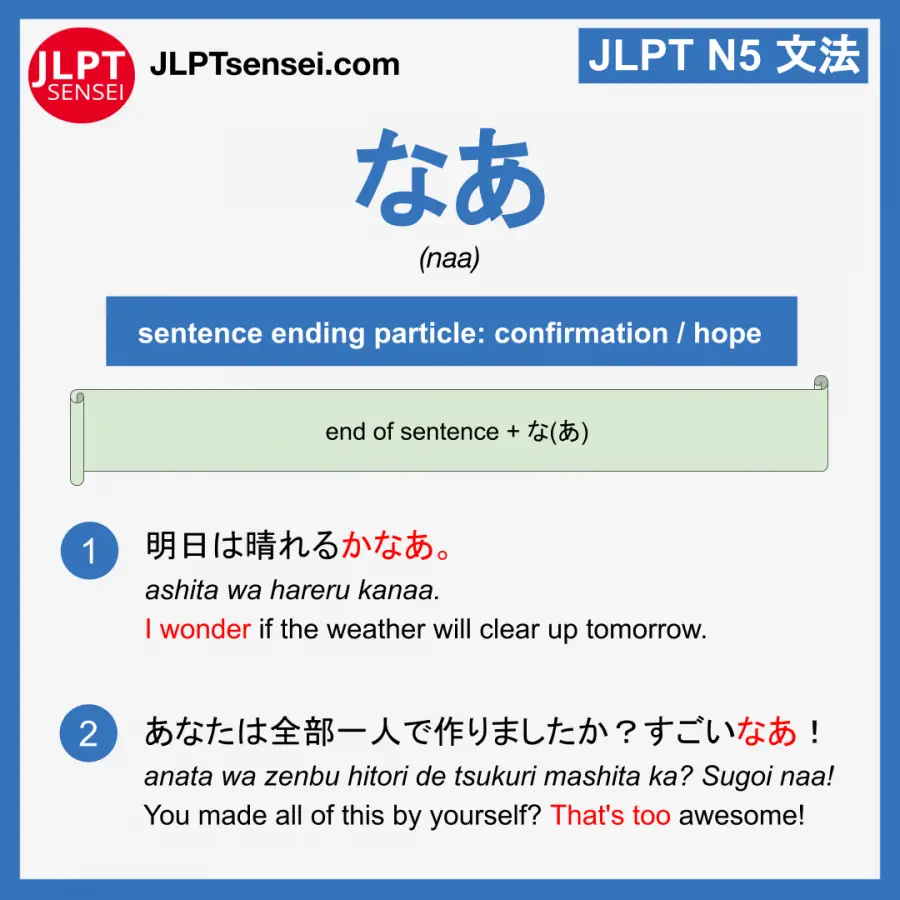
Every Kanji has several different pronunciations, again very much like Chinese!īasically, they are distinguished only by the context. The difficulty of Kanji is not only the number of letters, but also the way to pronounce it. How do Hiragana and Katakana differ on paper? The part of the sentence in Katakana bares more weight and emphasis, making it the focal point of the sentence.Īs Hiragana is seen as “soft expression” and Katakana is a little bit more “stiff expression”, describing something in Katakana helps the part to stand out. “それは アナタです” see the Katakana (in bold) and the rest being Hiragana. Now this next sentence has exactly the same meaning, but swaps the word “you” for Katakana… Here “それ”(that) and “あなた” (you) are totally equal, neither is stronger or emphasised more than the other. In addition, Katakana is often used to emphasize a particular part of the sentence, like how “quotation marks” work.ĮXAMPLE – Take the sentence “それはあなたです” (which translates to “that is you”). Again, this is essentially transliterated so it will sound very similar in Japanese as it does in English. Easy, right?!Ī final example would be other “newer words” like Twitter which reads as ツイッター (tsu-i-tta-a). Hiragana consists of 46 letters and some combined letters/additional sounds such as ちゃ,しょ,きゃ etc.Įvery letter is unique with many curved lines, which make a sentence look like a flowing river.Īgain, you’ll see country names also written in Katakana instead of Hiragana.Īn example – America which is アメリカ (spoken as a-me-ri-ka. Japanese Alphabet – FAQ’s Japanese Alphabet – Hiraganaįirst of all lets talk about Hiragana (ひらがな), which is the most basic alphabet of the Japanese language. Let’s dive in and give some basic introductions to the Japanese Alphabet.

The differences of those alphabets are so clear that it is not as hard as many people think.

It sounds confusing but hopefully after reading this article you can understand why, and even differentiate between them already. Hiragana & Katakana have 46 letters, but Kanji has thousands! The Japanese Alphabet is a little bit more complicated than most western languages, because it has 3 types of alphabet. The English alphabet has 26 letters, Spanish has 27 and Cyrillic has 33. Today we learn about the 3 Japanese Alphabets, why there are 3 and how they work together.Īnyway, let’s rewind… In the language learning process, what people learn at the very beginning is the alphabet.


 0 kommentar(er)
0 kommentar(er)
